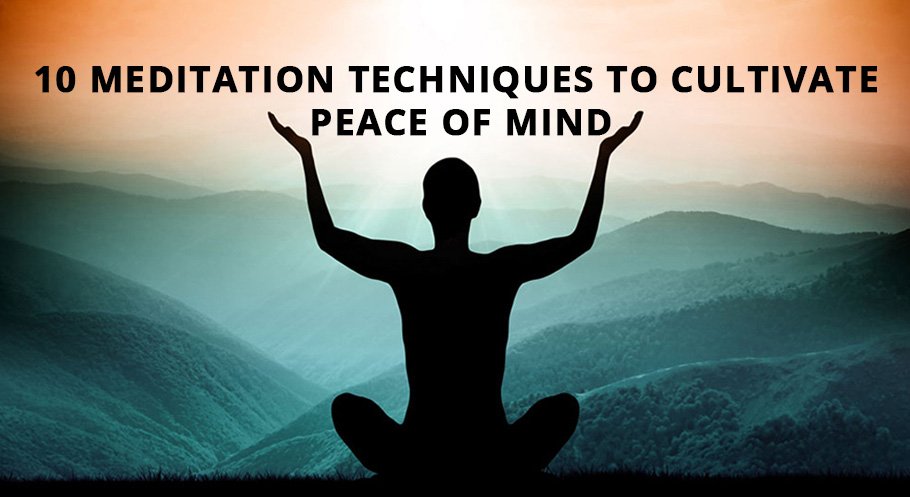
Finding peace of mind can be a challenge in today’s busy world. Meditation is one of the best ways to calm your mind and bring balance to your life. It helps reduce stress, improves focus, and boosts your overall well-being. If you’re looking for simple ways to bring more peace into your daily routine, here are 10 meditation techniques to help you get started.
1. Art Journey Creative Meditation
Engaging in art can also be a form of meditation. In an Art jamming session, you can explore creativity and mindfulness by focusing on the colors, and shapes. The participants create a mosaic artwork using small pieces of colored materials such as tiles, Sponge, Resin Glue, and stones placed on a wooden board.
Whether you’re creating Mosaic art helps you stay present in the moment. It allows you to express your feelings without words, bringing relaxation and peace. Art Jamming is not just about making an art. it’s about using creativity to calm your mind and connect with your inner self.
2. Body Scan Meditation
Body scan meditation is a great way to connect with your body and release tension. Start by lying down or sitting comfortably. Close your eyes and slowly focus on different parts of your body, starting from your toes and moving up to your head. As you focus on each area, notice any tightness or discomfort, and try to relax those muscles. This technique promotes relaxation and a deeper connection with your body.
3. Guided Meditation
If you’re new to meditation, guided meditation can be a great way to begin. There are many apps, videos, and audio recordings that guide you through the meditation process. You simply listen to a voice that helps you relax, visualize, or focus on specific thoughts. This method is especially helpful for people who find it hard to meditate in silence.
4. Loving-Kindness Meditation
This technique helps you cultivate love and kindness toward yourself and others. Sit quietly, close your eyes, and silently repeat positive phrases like, “May I be happy. May I be healthy. May I be at peace.” Then, extend these wishes to others by saying, “May they be happy. May they be healthy. May they be at peace.” This practice fosters compassion and reduces feelings of anger or frustration.
5. Mantra Meditation
Mantra meditation involves repeating a word or phrase (mantra) to help focus your mind. You can use a traditional mantra like “Om” or create your own. The repetition of the mantra creates a rhythm that quiets your thoughts and helps you stay centered. You can chant the mantra out loud or repeat it silently in your mind.
6. Walking Meditation
Walking meditation combines movement with mindfulness. Find a quiet place where you can walk slowly. As you walk, pay attention to the sensation of your feet touching the ground, the movement of your legs, and your breathing. This practice helps you stay grounded and aware of the present moment while also giving your body gentle exercise.
7. Visualization Meditation
Visualization is a powerful meditation technique that uses your imagination to create peaceful, calming images in your mind. Close your eyes and imagine a peaceful place, like a beach, forest, or garden. Picture the colors, sounds, and sensations of this place. By focusing on this mental image, you can bring a sense of calm and relaxation to your mind.
8. Mindful Breathing
One of the simplest meditation techniques is mindful breathing. All you need to do is focus on your breath. Sit in a comfortable position, close your eyes, and take deep breaths. Pay attention to how the air flows in and out of your body. When your mind starts to wander, gently bring your focus back to your breath. This technique helps you stay present and calm.
9. Chakra Meditation
Chakra meditation focuses on balancing the body’s energy centers, or chakras. Each chakra represents different areas of the body and emotions. During this meditation, you focus on each chakra, visualize its associated color, and imagine energy flowing through it. Balancing your chakras helps bring emotional and physical harmony.
10. Mindful Eating
Mindful eating involves paying full attention to the act of eating. Instead of rushing through meals, take time to savor each bite. Notice the flavors, textures, and smells of your food. This practice not only helps you enjoy your food more but also brings awareness to your body’s hunger and fullness cues. Mindful eating is a simple way to incorporate meditation into your daily routine.
Whether you’re guided meditation, or exploring an Art Journey, each technique offers unique benefits for reducing stress and improving well-being.
